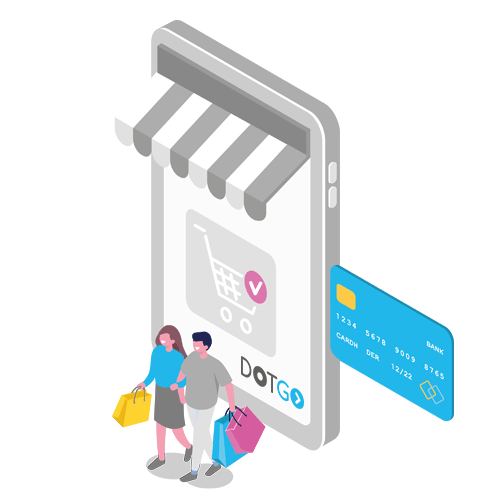Keep It Simple
As an online shop, it is common to think about what my customers want to see, although less thought is given to what, perhaps, my customers don’t want to see. Failure to make this consideration can mean that product pages are clotted with interesting but ultimately unnecessary information and tools. If there is too much going on, the customer is likely to disengage.
Including key information on product pages is important but must be done in the correct way. You don’t want to obstruct the customer’s initial experience of a certain product; your goal is to augment that experience with a carefully considered layout – one that is beautiful to look at, aligns with your brand, and doesn’t give off a sense of clutter.
Your main goal, after all, should be clearly presenting your products to customers ahead of giving them a clear and easy payment process. Anything else should be of secondary concern. The number of clicks between adding to basket and making final payment should be as minimal as possible to ensure a smooth, stress-free experience.
Make Content Count
So, we have affirmed that writing too much content can be a bad thing for your product page. That being said, content is a fundamental aspect of a successful product page. If every product is accompanied by concisely written, compelling language, the customer becomes much more disposed to trust your brand, and they will want to keep clicking to find out more.
If you are unsure about how to write content that jumps out at your customers, you can revert to a few basic principles. One key rule is prioritising key information: always include the most vital information at the start of your product description. There is no guarantee that customers will read absolutely everything. Most people, when scrolling, will usually skim-read paragraphs, so make sure that the important stuff is placed at the top.
Calls to action are, of course, crucial to any business website. Make sure yours are snappy and easy for the customer to read. People are accustomed to seeing calls to action included inside buttons that they can click. If your calls to action aren’t in this format, your customer is unlikely to take notice of them.
Optimise Product Pages for Mobile and Tablet
Various studies have confirmed that most purchases from online shops are made from smartphones, and this trend is only set to continue. As a result, it is necessary for your ecommerce website design to optimise every page for mobile, tablet and laptop. And this notion especially applies when it comes to product pages.
After all, having just one product page that is not perfectly optimised for mobile can cause the customer to click away and look elsewhere. Make sure that all buttons are easily clickable, all images are compressed, and remember to have an overall layout that is clean and elegant, with products having enough space around them.
Take Awesome Product Pictures
It may well seem like an obvious thing to say but having fantastic product pictures makes customers much more likely to purchase from your shop. Humans are, after all, visual creatures – a compelling series of photos will draw them in more than any written text or discounted offer. The customer needs a complete understanding of what exactly they are buying before parting with their money.
Much like with content, there are some rules that you can follow: the first being that all images must be in a high-resolution; another rule states that you must include multiple pictures of the same item, showing the product from a number of different angles in order to demonstrate all of its characteristics.
Moreover, it is important that you ensure consistency across all items, with each image having the same lighting, sizing and spacing. Customers should also be able to easily enlarge and view the product from all angles when clicking on the image. You must factor in all these considerations. Otherwise, your shop will fall behind the competition when it comes to images.
Clearly Show Critical Information
Nobody likes to click on an item only to find out that the product is out of stock once they reach checkout. With DotGO’s ecommerce website design system, you can easily notify customers of stock count on the product page. By doing this, you avoid frustrating your customer, giving them important information in a non-intrusive but clear way.
There are many ways to shrewdly provide answers to potential customer questions on the product page itself. People want to know about your shipping policy, for example. Maybe someone is interested to know about how your shop negotiates returns. By using smart plugins, icons that open when clicked, you can easily embed important information in a way that doesn’t interfere with your product description and images.
Why settle for second best?
Get an online shop to be proud of.
Our brilliant team of dedicated designers and content writers work closely with you to determine the precise needs of your online business, keeping you in the loop throughout and producing a stunning ecommerce website that works hard for your business.
Let's make you some money.


